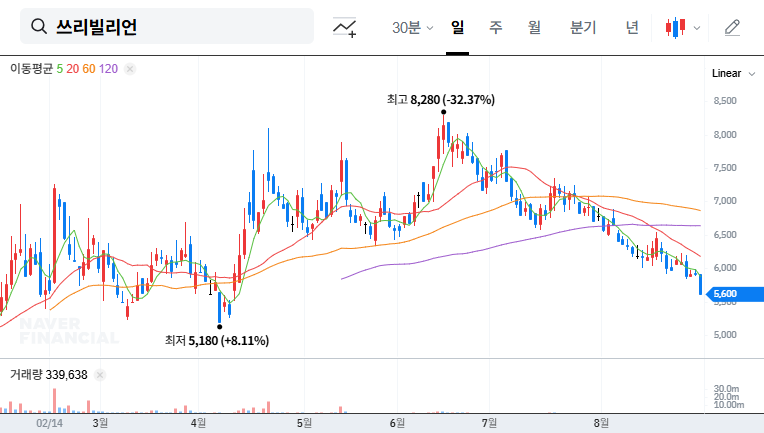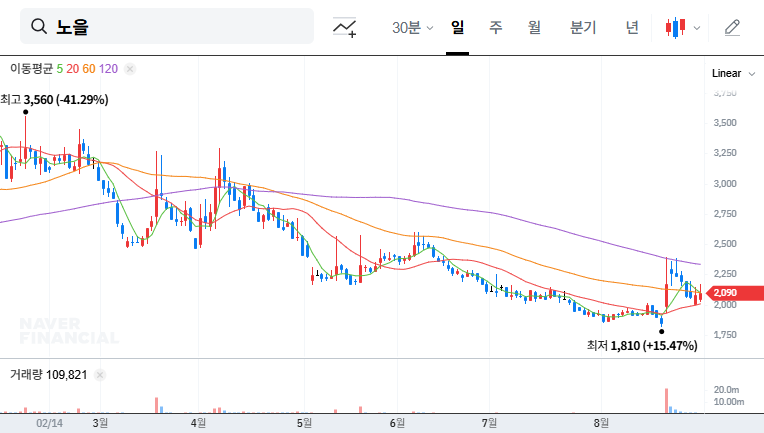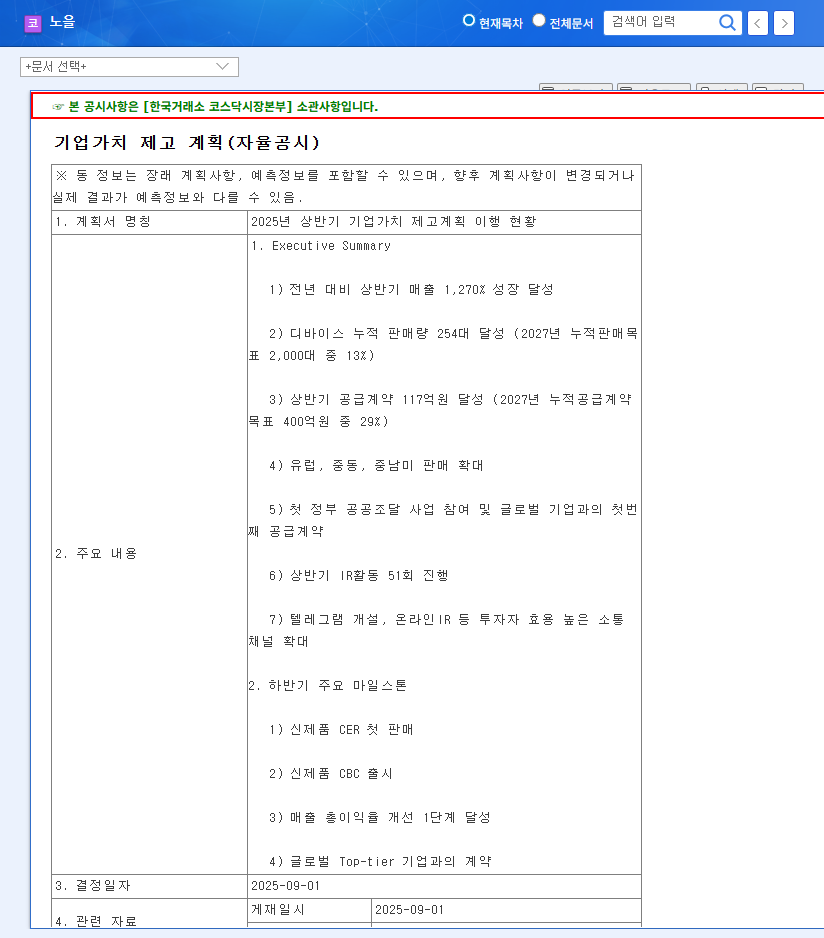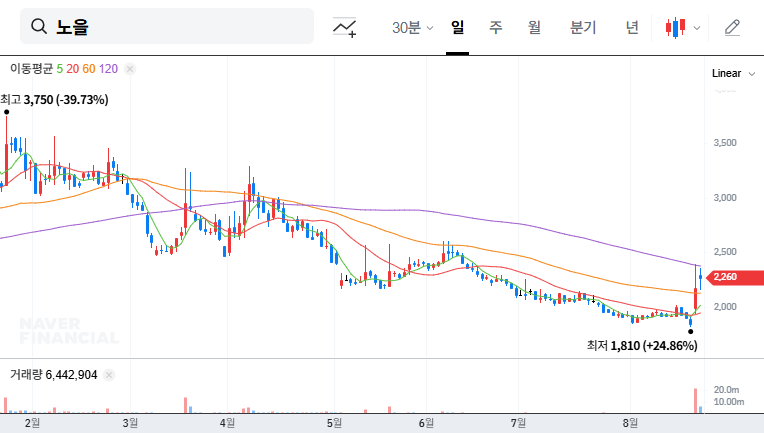
1. 3Billion’s IR: What Was Discussed?
3Billion’s IR meeting focused on the company’s Q2 2025 financial results and its strategy for future growth. The key takeaways centered around their recent performance and plans for achieving profitability.
2. Why It Matters: Balancing Growth and Losses
3Billion has demonstrated remarkable revenue growth, capitalizing on the expanding rare disease diagnostics market and achieving significant international expansion. However, high R&D and fixed costs have resulted in continued losses. The IR meeting’s focus on profitability strategies is therefore crucial for investors. Addressing the company’s increasing debt is also essential.
3. The Potential Outcomes: IR Impact Scenarios
A clear and achievable profitability plan presented during the IR meeting could alleviate market concerns and drive stock prices upward. Conversely, disappointing results or a vague profitability strategy could negatively impact investor confidence and lead to a decline in share value.
4. Investor Action Plan: Key Checkpoints
- Review Q2 2025 earnings and profitability trends.
- Assess the specific plans and timelines for achieving profitability.
- Evaluate the scalability and revenue generation plan for the SaaS business.
- Gather information on AI technology advancements and new pipelines.
- Analyze debt management and capital raising plans.
- Review strategies for managing foreign exchange volatility.
Frequently Asked Questions
What is 3Billion’s core business?
3Billion provides rare disease diagnostic services using its AI-powered genomic analysis technology, ‘GEBRA’, covering over 8,000 rare diseases.
What are 3Billion’s competitive advantages?
3Billion boasts AI-driven automated interpretation technology, a global network spanning over 70 countries, 43 patents, 131 publications, and awards from AI competitions, demonstrating strong R&D capabilities.
What is 3Billion’s current financial situation?
While revenue is growing rapidly, the company is currently operating at a loss due to high R&D and fixed costs. The increasing debt-to-equity ratio should also be monitored closely.







